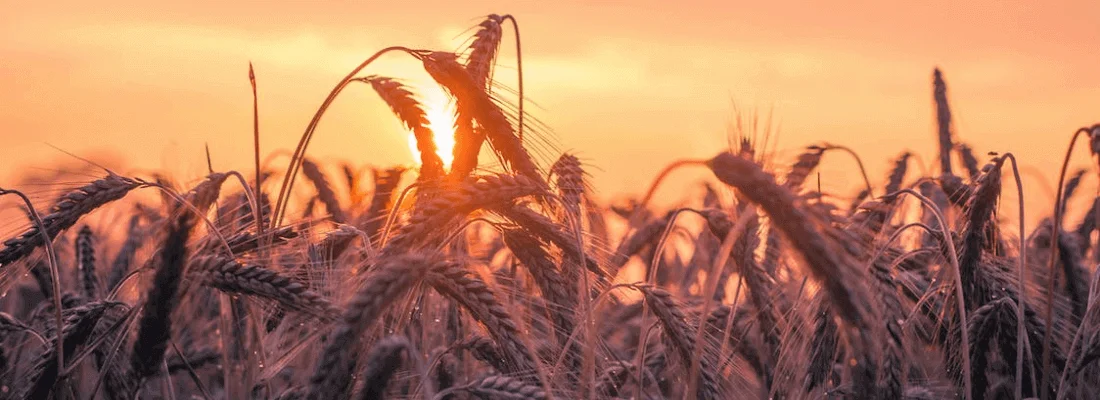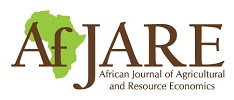


African Journal of Agricultural and Resource Economics (AfJARE)
A publication of the African Association of Agricultural Economists (AAAE)
Latest Publications
Carbon (CO2) emission and food availability convergence in the Niger Basin region: Insight from a club clustering algorithm
The study employed the Phillips and Sul log-t convergence test to analyse the degree of convergence for the Niger Basin region (NBR) countries in terms of per capita carbon emission and food availability.
Does awareness and concern for the environment influence the use of detrimental inputs? A study of maize farmers in Ghana
Sustainable food systems are necessary not only as a channel for addressing the food security needs of the world’s growing population, but are also crucial in ensuring that the needs of future generations are not compromised.
Impact économique de l’utilisation de semences améliorées sur lasécurité alimentaire des ménages ruraux au Cameroun
Cette étude examine l'impact économique de l'utilisation des semences améliorées sur la sécurité alimentaire des ménages ruraux au Cameroun.
The effect of climate change and agricultural diversification on the total value of agricultural output of farm households in Sub-Saharan Africa
This study investigates the effect of temperature and precipitation on the economic value of agricultural output from farm households in six Sub-Saharan African countries: Ethiopia, Malawi, Niger, Nigeria, Tanzania and Uganda.
Migration de la population paysanne : une stratégie d’adaptation àl’évolution climatique sur l’agriculture à Louga au Sénégal
Au Sahel, le changement climatique se caractérise manifestement par la récurrence des phénomènes extrêmes. Les séries de sécheresse des années 1970 à 1980 en constituent une illustration.
The role of agriculture, industry and the service sector in economic growth: The case of Mozambique
This study evaluated the effect of agriculture, industry, manufacturing and the service sector on economic growth for the period 1991 to 2020 using the autoregressive distributed lag stationarity (ARDL) bounds-testing approach.
Volume 19
Volume 18 (2023)
The special issue focused on topics in environmental and resource economics that originated from the inaugural conference of the African Association of Environmental and Resource Economists (AFAERE), held on 2-4 August 2021.
In this paper, we explore the role of wildlife in climate change adaptation, especially in areas used predominantly for livestock production in South Africa. Using a sample of 3 449 wildlife and livestock ranches, we estimate a multinomial choice model of various ranching options in these areas. The results indicate that mixed wildlife-livestock ranches are less vulnerable to climate change when compared to ranches with only wildlife or only livestock.
This study investigates the effect of temperature and precipitation on the economic value of agricultural output from farm households in six Sub-Saharan African countries: Ethiopia, Malawi, Niger, Nigeria, Tanzania and Uganda.
Volume 17 (2022)
Recognising potential selection bias due to non-randomness of the data, this study used propensity score matching on data from a nationally representative fifth Integrated Household Survey (IHS5) to investigate the effect of agriculture extension services on the technical efficiency of maize farmers in Malawi.
This study assesses the mechanism of the transmission of international price shocks to producer prices of coffee and cocoa in Togo. A threshold autoregressive (TAR) model was estimated using monthly series of international and producer prices of coffee and cocoa in Togo from 1994 to 2018.
Current global trends in population growth, urbanisation and a growing middle-class economy have resulted in increased demand for livestock and products, and more so dairy products. This necessitates the need for livestock producers to respond to the growing demand.


